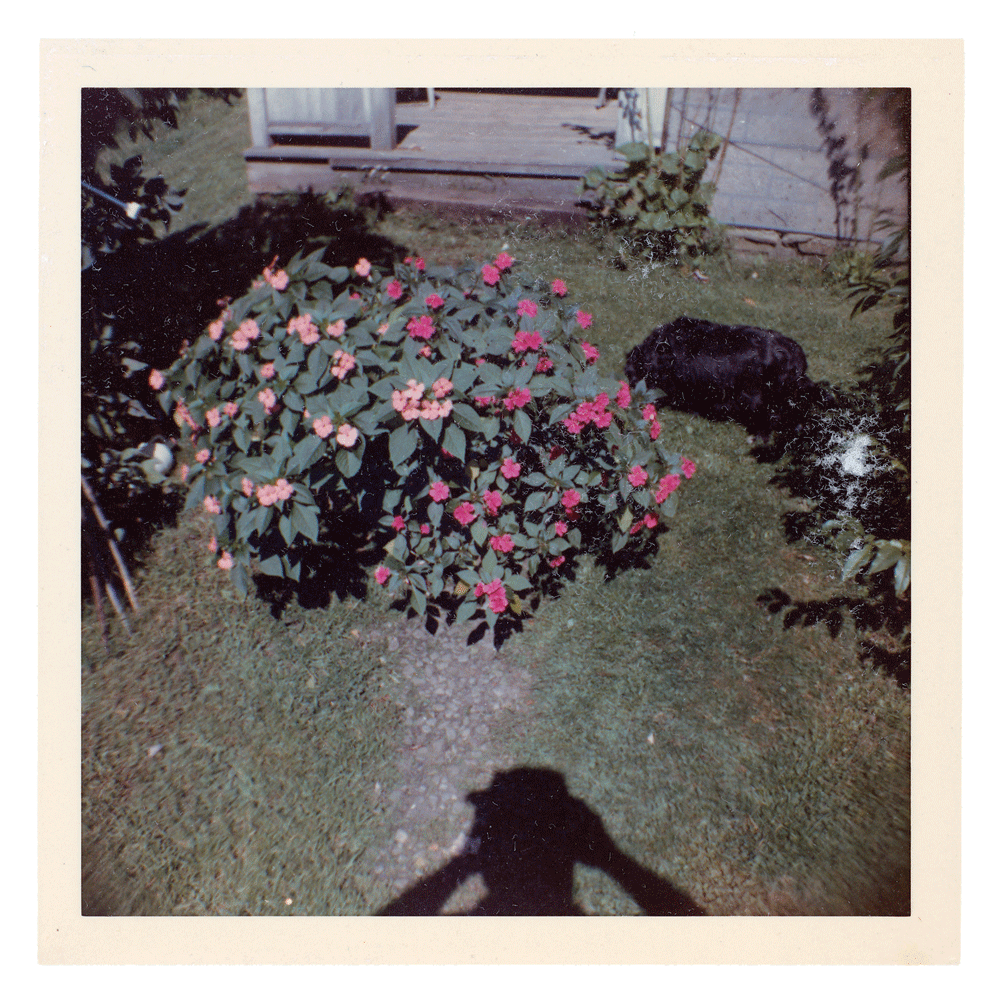Suspending Time
Izu Photo Museum, Japan
Izu Photo Museum, Japan

In keeping with curator and art historian Geoffrey Batchen’s ongoing argument for a more inclusive presentation of the history of photography, ‘Suspending Time: Life – Photography – Death’ comprised vernacular, domestic and, for the most part, anonymous photographs. With works spanning almost 200 years, the exhibition reminded us that photography might offer some deferral of the fatal problem of time, but with its potential to immortalize the dead it also becomes a cruel prophesy of our own passing – the ‘catastrophe’ that Roland Barthes located in every photograph.
It is difficult to talk about photography and death without dragging Barthes’ corpse to the table, and it probably didn’t help that Batchen also happened to be editing a new book of responses to Camera Lucida (1980) whilst preparing for the show. But while the catalogue text might indulge in a few too many Barthes references, ‘Suspending Time’ presented some compelling new ideas about the uses of photography in grappling with questions of the body, time, mortality and representation.
With the advent of digital imagery our photos no longer have to exist as tangible things; but not that long ago, the photograph was as much object as image. In the late 19th and early 20th centuries, the image was rendered more tactile and more personal with the addition of intricate frames and cases, collaging and, in some cases, actual parts of the memorialized body. For example, a dead child baring the name Mary H. Helgeson from 1930 has her appearance preserved for us amongst cascades of her own thick blonde locks, which threaten to entirely consume her image. As was often the case, hair – intimate, easily detached and lasting – stands in for the rest of the now absent body.
For a show dealing with historic photography and death we might wonder why – when post-mortem portraiture was once so common – no actual photos of the dead were to be found. But the emphasis was evidently on the use of photography in preserving life (thereby defying death). A mid-19th-century bracelet comprising a small daguerreotype portrait and finely braided hair meant the photo-simulation of a missing subject’s body, along with an actual piece of that body, was worn on the body of the bereaved. The widespread phenomenon of wearable photographs ensured visual traces would be touched as well as viewed.
In one half-plate daguerreotype, the image of an unidentified woman from a crayon portrait (photographed by Albert Sands Southworth and Josiah Johnson Hawes c.1850) survives, but only faintly. The image’s worn metallic surface is so reflective we are forced to bend down and look at the ghostly figure from an extreme angle in order to remove our invading reflection. But can we ever really take ourselves out of the images we look at? The second section of the exhibition encompassed contemporary domestic snapshots that feature the shadow of the photographer. Derived primarily from Batchen’s archives and complemented by borrowed snapshots from around Japan, they formed an intriguing compilation of images where the act of photography and the presence of the photographer were unwittingly incorporated.
Referred to by William Henry Fox Talbot as ‘the art of fixing a shadow’ and Oliver Wendell Holmes as ‘the mirror with a memory’, photography has long been analogous with shadows and reflections. The photograph is a reproduction that, like a shadow or mirror image, is always attached to its referent (there’s Barthes again). These shadowed snapshots mark unions between subject and object – with the photographer at once inside and outside the image – and by extension they include the viewers standing before them. We project ourselves on everything we see, something we were reminded of by the exhibition’s clever lighting design, which cast viewers’ shadows on the wall of shadowy images we looked upon.
The main part of the exhibition followed on from Batchen’s ‘Forget Me Not: Photography and Remembrance’ – exhibited in 2004 at Amsterdam’s Van Gogh Museum – including many of the same examples presented in similar ways. The room of shadowed snapshots was also shadowed by Jeffrey Fraenkel’s The Book of Shadows, published in 2007 with a selection of anonymous snaps containing the photographer’s shadow. In both sections, the addition of Japanese examples and counterpoints broadened this exhibition’s historical and conceptual scope. One interesting comparison was to be made regarding the personal cases for 19th-century portraits: while the memorialized images of Europeans and North Americans were laid to rest in ornate leather cases lined with crimson velvet that rendered them distinctly coffin-like, the Japanese – for whom cremation has long been law – made their cases out of untreated and minimally embellished wood.
























